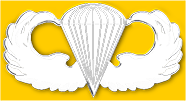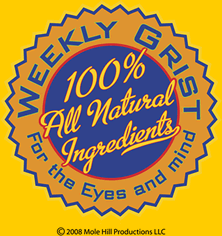|
|
|
|
 |
|
|
|


Sunday, February 14, 2010 One serious trip to Smead won’t hack it. For one session, there are simply too many thought provoking images lurking and begging to be shot in this Arkansas hamlet. This week, we returned and visited the “horse barn.” We still didn’t get to the “cow barn.” That’s yet another trip to make. I must arrive in morning hours — the cow barn faces east. If you missed last week at Smead, click here to play catch-up ball. Even if Bob Abbot, whose grandfather lived and died on the place, hadn’t told us this was a horse barn, we would have known. The dead giveaway is the entry to the breezeway. It is cut tall to accommodate a man mounted on a horse. Considering the age of the barn, it is in good condition. Bob says the best information he can get is that the barn was built in the early 1900s. It has been re-roofed in recent years and the new owners, the Jeff Dodson family, say they intend to keep it well maintained. That’s good news considering the number of old barns that are now piles of rubble or not far from it.  Outside Looking In: Looking down the breezeway from the outside, the construction is typical, floored cribs in the front, horse stalls in the back. The cribs were used to store feed, saddles, harnesses and other tack, plus whatever tools one needed, not to mention whatever you wanted to hide from Momma. Above the cribs and stalls was a loft, mainly used for storing hay. Sometimes for home entertainment. The opening at the top allowed the loading of hay into the loft. A pulley, more properly called a sheave, was attached to the inside peak of the roof over the opening. Someone on the ground pulled the rope running through the sheave to lift hay bales to someone in the loft. During hay storage season, the loft was more like an oven.  Inside Looking Out: From inside the barn you can see the old house we visited last week. The left and right sides of the picture are the first stalls. The doors to the front are the crib doors. The thingy hanging on the nail to the right-hand side of the picture is a sheave and could be the one used to raise hay to the loft. The loft ladder to the left is missing the first rung. Probably kicked asunder by a cantankerous horse or mule. The uninstalled front barn gate leaning against the wall to the right no doubt became an inconvenience after livestock no longer used the barn for overnight accommodations. The old barn was well built. Its sturdiness has stood the test of time and withstood the worst that old Mother Nature could fling at it over the last 90 or so years. Some things never change. Do it right the first time and increase the probability of favorable longevity. N O T E S:
Most of the time, there is more to the Photo of the Week story than can be told in an essay. And most of the time there are more pictures to be seen. Presuming that some folk will enjoy being privy to this trove of information, I have created a blog, “Weekly Grist for the Eyes and Mind,” where I am showing and telling “the rest of the story." There are also some blatantly commercial mentions of some of the things we do to earn our beans and taters. Click on the Weekly Grist logo and go to the blog. — J. D.
 |
|
|
|
|
|

|
|
|
|
CornDancer.com is the personal website of Dr. Freddie A. Bowles and Ebenezer Baldwin Bowles.
CornDancer has participated in the World Wide Web since 2000. Submissions are invited. Contact webmaster at threadspinner@corndancer.com |
|
|
|



